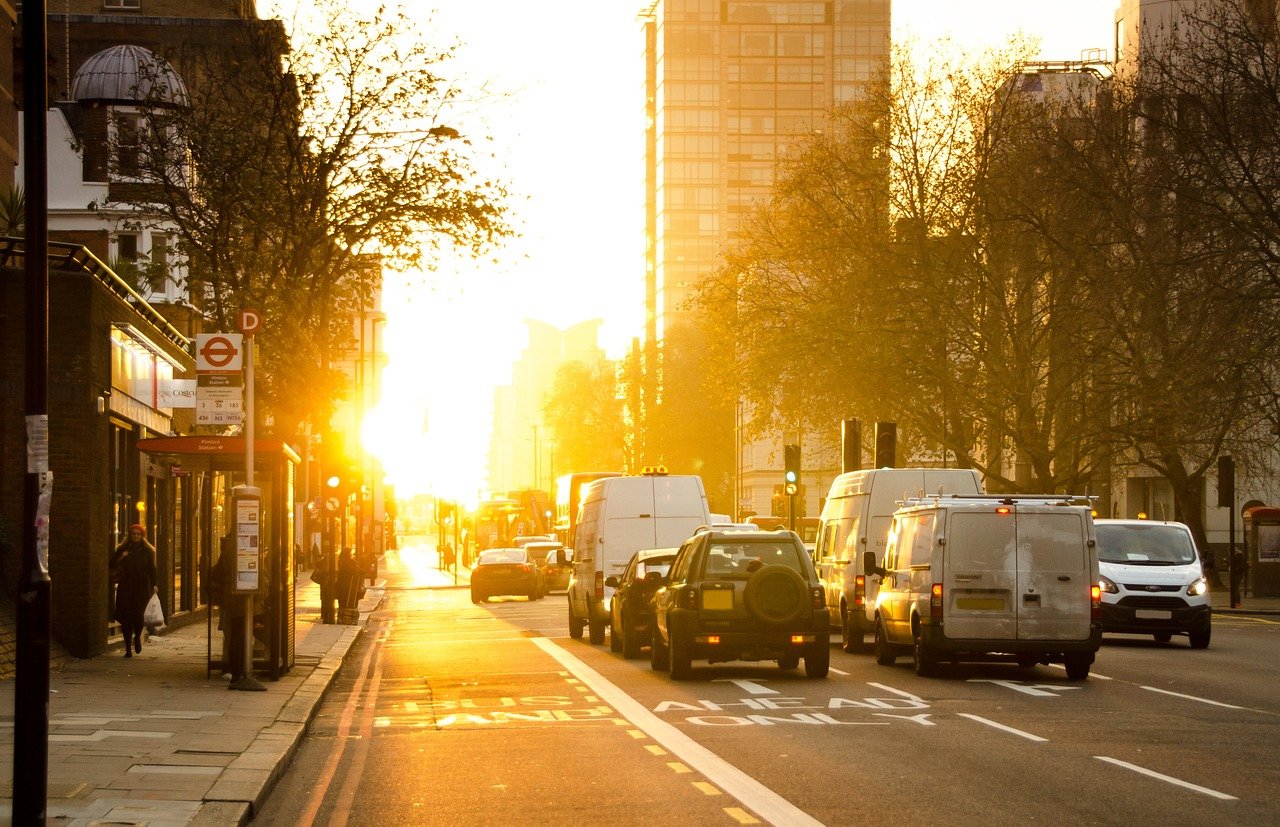Driving in a city can prove quite different than driving in a suburban or rural environment. The city presents many new challenges and requires constant diligence. Heading into a city for the first time can be very stressful, especially if you are not very familiar with the environment.
Below are some key tips to keep in mind when you drive in the city to keep yourself safe when driving in the city, as well as the people driving and walking around you. Paying close attention to these tips can help ease some of your stress and make you more confident behind the wheel.
1. Avoid rush hour.
While it is not always possible to avoid rush hour, you should if you can. Cities can vary in terms of their rush hours, but usually between 7 and 9 in the morning and then 4 and 6 in the evening will be especially crowded. If you need to drive during these times, leave yourself plenty of extra time so that the traffic does not cause you to be overly stressed.
Remember that traffic not only slows you down, but also increases your chances of a collision, so stay diligent and give other vehicles plenty of room. Try to anticipate what other drivers might do and plan how to react.
2. Be cautious of crosswalks.
Outside of the city, crosswalks often do not mean much. For that reason, many people ignore them altogether. However, crosswalks are very important in a city. When you come to one, look to the sides of the street to see if there are pedestrians that might be waiting to cross.
Pedestrians always have the right of way on a crosswalk, and you need to be prepared to stop if they enter the street. Even if you have a green light, you need to be prepared to stop for pedestrians as people may not be paying close attention. Be sure to look closely when a red light turns green as some pedestrians may be slower than others and could still be trying to cross the street.
3. Learn to parallel park.
Parallel parking is an essential skill in the city. While you may find some traditional parking lots or a garage, these are often expensive options, and they can fill up quickly. Being able to parallel park with confidence will open up more options to you, especially when parking gets scarce.
Always signal when you plan to parallel park so other drives can give you space. Likewise, if someone signals next to an empty space, give that person time and space to park safely. You should also recognize that people may be entering or exiting their parked vehicles at any time, so keep an eye out for potential door hazards and people on the roadway. When you exit your own vehicle, be cautious of traffic.
4. Give taxis space.
One of the biggest hazards that you will face in a city is the taxi. People who drive taxis have a reputation for being quite aggressive. The truth is that they often need to swerve suddenly to get a person hailing them and may only make a cursory glance before doing so. For that reason, it is critical to give taxis plenty of space and expect them to make sudden moves at any time.
Always look for people exiting and entering taxis when you see them stopped, even if it is the middle of the road. While it is unlikely that people will exit in the middle of the roadway, you never know. The best bet is giving these drivers a wide berth to avoid potential problems.
5. Beware of cyclists.
Many cities have quite a few cyclists. If this is the case where you are driving, it is important to pay close attention to them and always look twice before making lane changes or turns. Cities sometimes have specific bike lanes to protect cyclists, but you should not assume that they will not move outside of these lanes. You should never enter these lanes for any reason.
Also, it is worthwhile to note that cyclists are supposed to obey the same traffic rules as cars, but they typically do not. Thus, you should not assume that they will actually come to a halt at a stop sign or always go the correct way on a one-way street. Making this assumption means you will never accidentally have a collision.
6. Stay in the right lane.
On the highway, the right lane is typically the traffic that moves the slowest. The same holds true for city streets when there is more than one lane. By staying right, you will typically be driving with people who are less aggressive and you will be able to think more about the moves you want to make.
Of course, you should also be sure to map out your route ahead of time and know when you need to be in a different lane to make a particular turn. Knowing your general route before you drive can help you plan and allow you to avoid some of the more stressful situations in city driving, such as a last-minute merge or lane change.
